The birds of southwest Manitoba
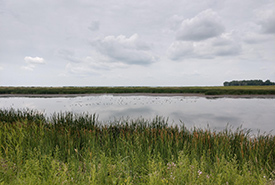
In July 2019, I visited southwest Manitoba for a research scouting trip from the University of Oklahoma. (Photo by Paula Cimprich)
In July 2019, I visited southwest Manitoba for a research scouting trip from the University of Oklahoma, where I am a PhD student in the biology department. I was scouting for bird species and potential study areas to help with a University of...
Get your shinrin-yoku on this fall
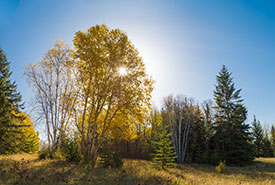
Bunchberry Meadows Conservation Area, AB (Photo by Kyle Marquardt)
The first time I heard about shinrin-yoku, I was stuck in westbound traffic along Highway 401. The radio was tuned to CBC, where the content discussed on the morning show usually offers a reprieve from whatever lies ahead on the commuter-packed...
A glimpse of the past: Using historic maps to guide land management
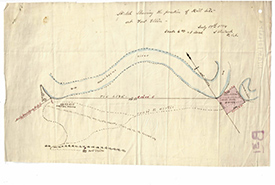
Historic land survey outlining the store house and fort site at NCC’s Fort Ellice property in MB (Photo by Manitoba Archives 2019)
The Prairie provinces, like much of agricultural Canada, look vastly different than they did before European settlement. During the development of Western Canada, forests were cleared, wetlands drained and grasslands plowed in an effort to settle...
Making friends with the solitary bees
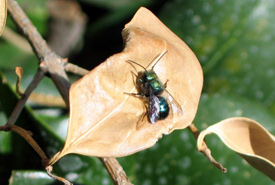
Blue orchard bee (Photo by Robert Engelhardt)
When you think of bees, your mind probably goes to honey, hives and stingers. But what if I told you that there was a species of bee, native to the Saskatchewan prairies, that didn’t make honey, live in a hive or (usually) sting? Mason bees...
Monarch migration
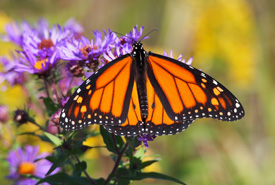
Monarch (Photo by NCC)
Fall is fast approaching. As the days grow shorter and temperatures drop, it’s time for monarchs to migrate south for the winter. These iconic bright-orange butterflies will soon be replaced by pumpkins and turning leaves. Monarchs spend...
Wildlife crossings: Opening the way for the good of wildlife
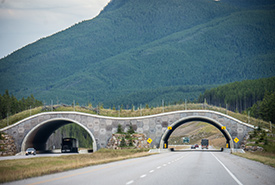
Wildlife crossings make roads safer. (Photo by Wikimedia Commons)
Whether in the form of bridges or tunnels, wildlife crossings make roads safer by protecting humans and animals from collisions while helping maintain the connectivity of natural environments. “Things are not always what they seem: the deer...
60 things – A year to remember
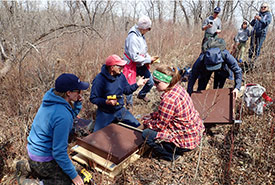
Conservation Volunteers building a bat house (Photo by Lorena Squires)
My name is Dianne Young, and I turned 60 in February. I wanted to do something special to celebrate but couldn’t decide what to do. Hot air balloon ride? I’ve always wanted to do that. Tandem parachute jump? I’ve always wanted to...
A day in the field at the Alfred-Kelly Nature Reserve
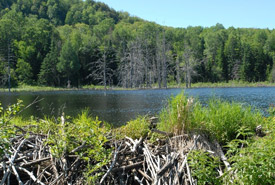
Alfred-Kelly Nature Reserve, QC (Photo by NCC)
When I started my communications internship here at the Nature Conservancy of Canada (NCC) back in May, I didn’t think I would get the opportunity to visit an NCC property this summer. Luckily, I was wrong. After a bit of planning, I joined...
Something’s Fishy: Dace of shade
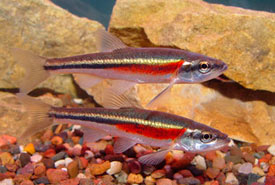
Redside dace (Photo by K. Schmidt)
Fine, I’ll say it: as a redhead, I have an affinity for red-coloured species. It’s an unspoken alliance we gingers have — walking, swimming or climbing through a world where we might stand out from the crowd based on our...
The shorebirds’ favourite rest stop
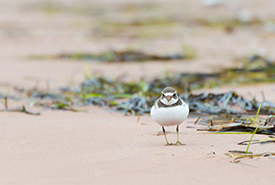
Piping plover (Photo by Sean Landsman)
Over the last 20 years, several conservation organizations, including the Nature Conservancy of Canada (NCC), have supported the operation of the Chaplin Nature Centre, located just outside of the town of Chaplin in southern...

